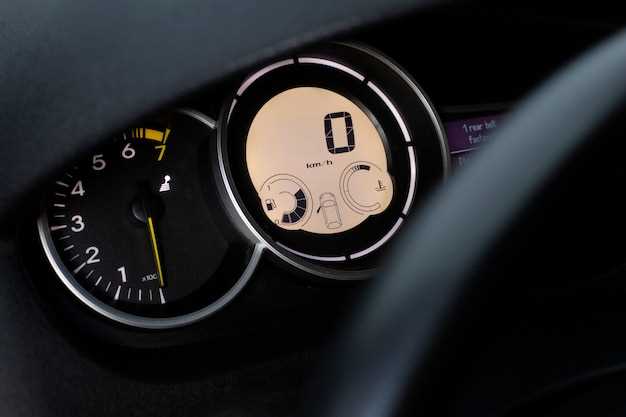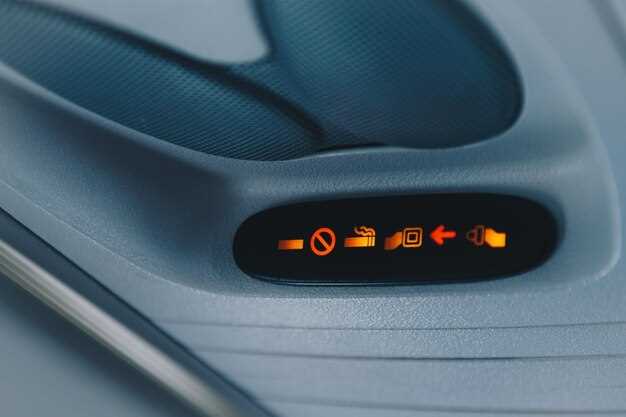
The thermostat is a critical component of your BMW’s cooling system, responsible for regulating the engine’s temperature. When functioning properly, it allows the engine to reach its optimal operating temperature quickly, which is essential for performance and efficiency. However, when the thermostat begins to fail, it can lead to significant issues that may affect both the engine and the overall driving experience.
Recognizing the signs of a failing thermostat is crucial for any BMW owner. A malfunctioning thermostat can cause the engine to overheat or operate at a consistently low temperature, leading to poor fuel efficiency and increased emissions. These temperature extremes not only jeopardize your vehicle’s performance but can also lead to severe engine damage if left unaddressed.
This article will delve into the key symptoms of a failing BMW thermostat, aiding drivers in identifying potential problems early. By understanding these warning signs, you can take proactive measures to maintain your vehicle’s health and ensure a smooth and efficient driving experience.
Understanding Temperature Fluctuations in BMW Models

The efficiency and performance of a BMW vehicle heavily depend on the thermostat’s functionality. The thermostat regulates the engine’s temperature by controlling the flow of coolant, ensuring that the engine operates within an optimal temperature range. When the thermostat malfunctions, it can lead to noticeable temperature fluctuations, affecting overall engine performance.
Temperature fluctuations in BMW models may present as sudden changes in the dashboard temperature gauge. A malfunctioning thermostat can cause the engine to overheat or run too cold, impacting fuel efficiency and emissions. If the thermostat is stuck in the open position, the engine may fail to reach the ideal operating temperature, leading to increased wear and tear. Conversely, a thermostat stuck in the closed position can cause overheating, risking severe engine damage.
Drivers should monitor their vehicle’s temperature closely. If you notice inconsistent readings, such as the temperature gauge fluctuating wildly during driving, it may signal a failing thermostat. Other signs include poor cabin heat, as the system may struggle to regulate the temperature effectively.
In summary, understanding temperature fluctuations in BMW models hinges on recognizing the thermostat’s critical role. Regular maintenance and timely diagnosis can prevent further complications and enhance vehicle reliability.
Recognizing Symptoms of a Malfunctioning Thermostat

One of the primary functions of the thermostat in a BMW is to regulate the engine temperature. When it malfunctions, several distinct symptoms may arise, indicating the need for attention.
First and foremost, an abnormal temperature gauge reading is a key indicator. If the temperature gauge shows a consistent reading that is too low or too high compared to standard operating ranges, it could signify a thermostat issue. A stuck-open thermostat may prevent the engine from reaching optimal operating temperature, resulting in lower readings.
Conversely, if the engine temperature rises excessively, it may suggest that the thermostat is stuck closed. This condition can lead to overheating, which poses a serious risk of engine damage if not addressed promptly. Drivers should remain vigilant about sudden spikes in temperature, particularly during stop-and-go traffic or after extended periods of driving.
Another common symptom is fluctuations in temperature while driving. If you notice the temperature gauge moving erratically, it could be a sign that the thermostat is failing to properly regulate coolant flow. This instability can compromise engine performance and efficiency.
Additionally, there may be physical signs of a failing thermostat, such as coolant leaks around the thermostat housing or engine block. If coolant is escaping from these areas, it generally indicates that the thermostat may not be sealing correctly, leading to improper temperature control.
Finally, be aware of changes in cabin temperature. A malfunctioning thermostat can affect the vehicle’s heating system. If the heater blows cold air even when the engine is warmed up, it may be a sign that the thermostat is not allowing proper coolant circulation to the heater core.
Being attentive to these symptoms can help BMW owners identify thermostat issues early, potentially preventing more extensive damage and costly repairs down the line.
Steps to Diagnose and Test Your BMW Thermostat
To effectively diagnose and test your BMW thermostat, start by gathering the necessary tools, including a wrench, thermometer, and coolant. Ensure your engine is cool before beginning any inspections to avoid injuries.
Begin by checking the temperature gauge on your dashboard while driving. If the gauge remains low or fluctuates erratically, this may indicate a malfunctioning thermostat. Make a note of any unusual temperature readings during your drive.
Next, inspect the thermostat housing for any visible leaks or corrosion. A faulty thermostat can often lead to coolant leaks, which could hinder proper engine temperature regulation.
To perform a more detailed test, remove the thermostat from the vehicle. Place it in a pot of water, using a thermometer to monitor the water temperature. Gradually heat the water and observe the thermostat’s opening temperature. It should open at its rated temperature specified in the maintenance manual, typically around 180-200°F (82-93°C) for most BMW models.
If the thermostat does not open at the correct temperature or sticks in the closed position, it is advisable to replace it. Additionally, ensure that your coolant levels are adequate and that there are no air pockets in the cooling system, which can also affect temperature performance.
After reinstallation, run the engine until it reaches operating temperature, observing the gauge. A properly functioning thermostat should maintain a steady temperature within the optimal range.
Follow these steps to ensure that your BMW’s thermostat operates correctly, ultimately aiding in the maintenance of proper engine temperature and performance.



